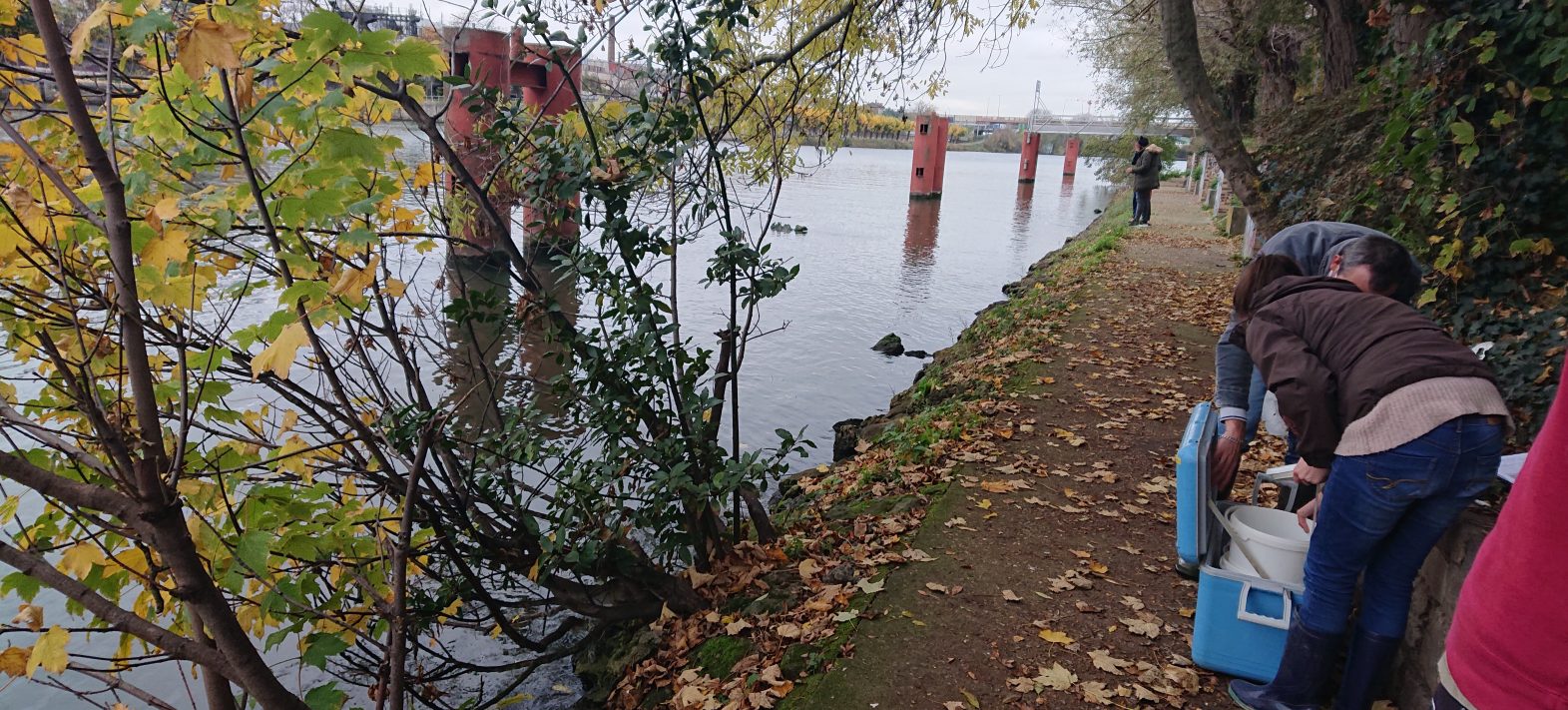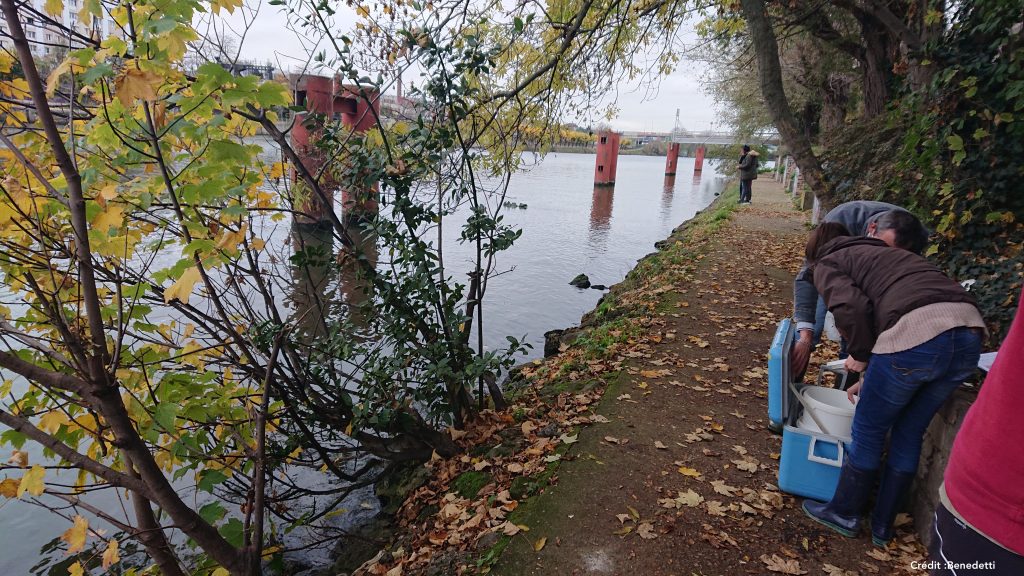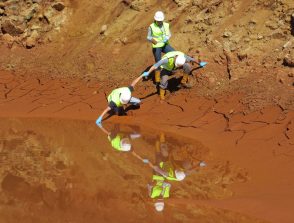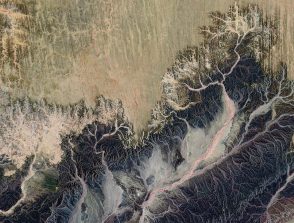Nanoparticle cycling within the critical zone
This PhD aims to answer questions about the source, transformation and fluxes of nanoparticles in aquatic systems at multiple scales.

Start: 01 October 2021
End: 30 September 2024
Supervisors :
Marc Benedetti, Mickael Tharaud
Related themes :
Earth System Science
Status: In progress







